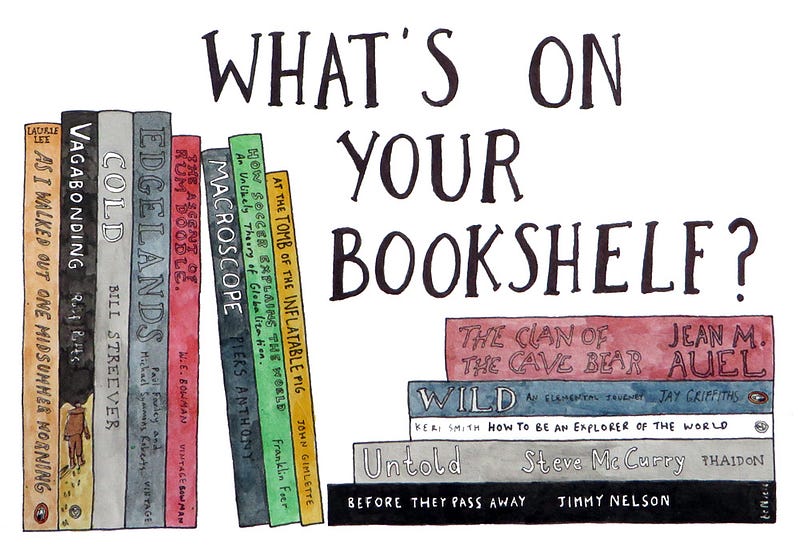It’s about that time, y’all. After today, there are six more student days. And then....
Summer.
With regards to reading, I like to send out my summer reading list. I’m sure you have one, too. If not, feel free to borrow any of mine!
I plan to spend some hammock time and maybe some couch time with my ...
(sing it now!) “Summer Reads.... Make me feel smart! Flyin’ through the book stack on my NIIIIIIIIGHT-STAND!”
Ahem. (cough).
Sorry. That note was a little high for my voice.
Anyway. Here’s my reading list. What’s on your list?
“Why Students Can’t Google Their Way to the Truth” article by the always-brilliant Sam Wineburg, rockstar in the study of students and historical thinking. To discuss how students look at news and the internet and information at their fingertips... http://www.edweek.org/ew/articles/2016/11/02/why-students-cant-google-their-way-to.html
Sapiens: A Brief History of Humankind by Yuval Noah Harari -- a “Big History” book about the history of humankind from the beginning through the age of Empires. I need to broaden my perspective of World History. This might do it for me. https://www.amazon.com/Sapiens-Humankind-Yuval-Noah-Harari/dp/0062316095/ref=lp_9_1_4?s=books&ie=UTF8&qid=1493385541&sr=1-4
- Hidden Figures: The American Dream and the Untold Story of the Black Women Mathematicians Who Helped Win the Space by Margot Lee Shetterly. I haven’t seen the movie -- and I tend to not see movies until forever after their theater release -- so I really want to read the book. Fabulous history story I didn’t know much about! https://www.amazon.com/Hidden-Figures-American-Untold-Mathematicians/dp/0062363603/ref=sr_1_16?s=books&ie=UTF8&qid=1493386070&sr=1-16
Unshakeable: 20 Ways to Enjoy Teaching Every Day...No Matter What by Angela Watson I know teachers have incredibly frustrating jobs. I know how easy it is for teaching to stop being fun. I want to hear how other teachers keep or bring back the fun and enjoyment in their own teaching careers. Maybe it will help me when I encounter other teachers who are feeling that way. https://www.amazon.com/Unshakeable-Enjoy-Teaching-Every-Matter/dp/0982312733/ref=sr_1_1?s=books&ie=UTF8&qid=1493386107&sr=1-1&keywords=teaching
Mindsets in the Classroom: Everything Educators Need for School Success Those of you who know me know I’m really into Growth Mindset. But how can a teacher create growth mindsets in his or her classroom? This book looks like it will give some practical, tangible ways. https://www.amazon.com/Ready-Use-Resources-Mindsets-Classroom/dp/1618213962/ref=sr_1_3?s=books&ie=UTF8&qid=1493386204&sr=1-3&keywords=growth+mindset
- Salt to the Sea by Ruta Sepetys I love a good historical novel! This novel is about WWII East Prussians trying to flee to freedom. The author was here in Largo a few months ago and I missed her. But the book has been on my digital bookshelf since then. Supposed to be powerful and amazing! https://www.amazon.com/Salt-Sea-Ruta-Sepetys-ebook/dp/B00YM34WM8/ref=lp_17437_1_4?s=books&ie=UTF8&qid=1494960371&sr=1-4
 What’s in your bookshelf? What are you reading this summer (it definitely doesn’t have to be work-related!)
What’s in your bookshelf? What are you reading this summer (it definitely doesn’t have to be work-related!)As always, I love to hear! Email me at newmantr@pcsb.org